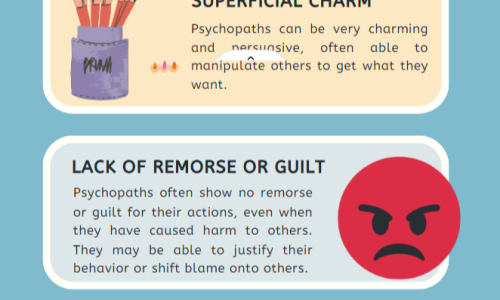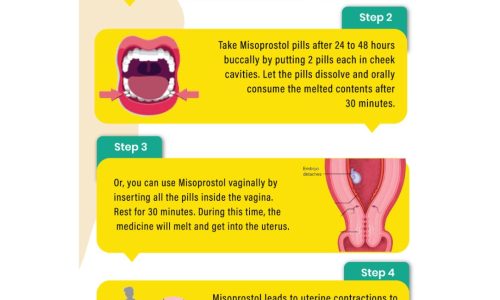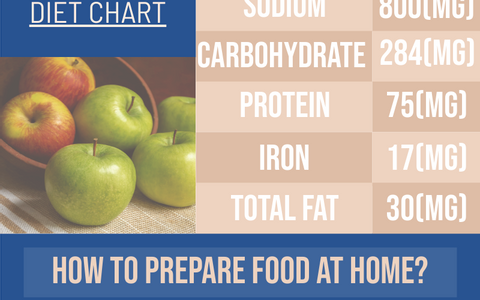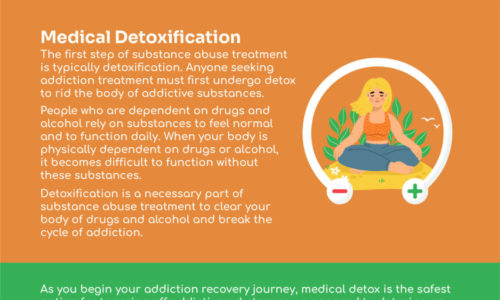Typhoons have become ordinary occurrences for people living in the Philippines. Year after year, heavy rains, raging storms, bustling floods and winds are almost endless–disrupting the normal flow of lives. What’s worse is the number of deaths, missing, and costs of damages because of typhoons.
Knowing that typhoons frequently come, having a disaster contingency plan should be on top of their priority list. But despite the high chances of being affected by negative impacts of typhoons, some families, communities, and companies seem to be lax when it comes to preparing for natural disasters.
In times of crisis, a disaster contingency plan should be in place and all it would take is effort, time, and access to some resources. To provide useful information that can help you prepare before, during, and after a typhoon, here’s a complete and detailed infographic from M2.0 Communications that present tips that you can incorporate to your disaster contingency plan.
![]()











